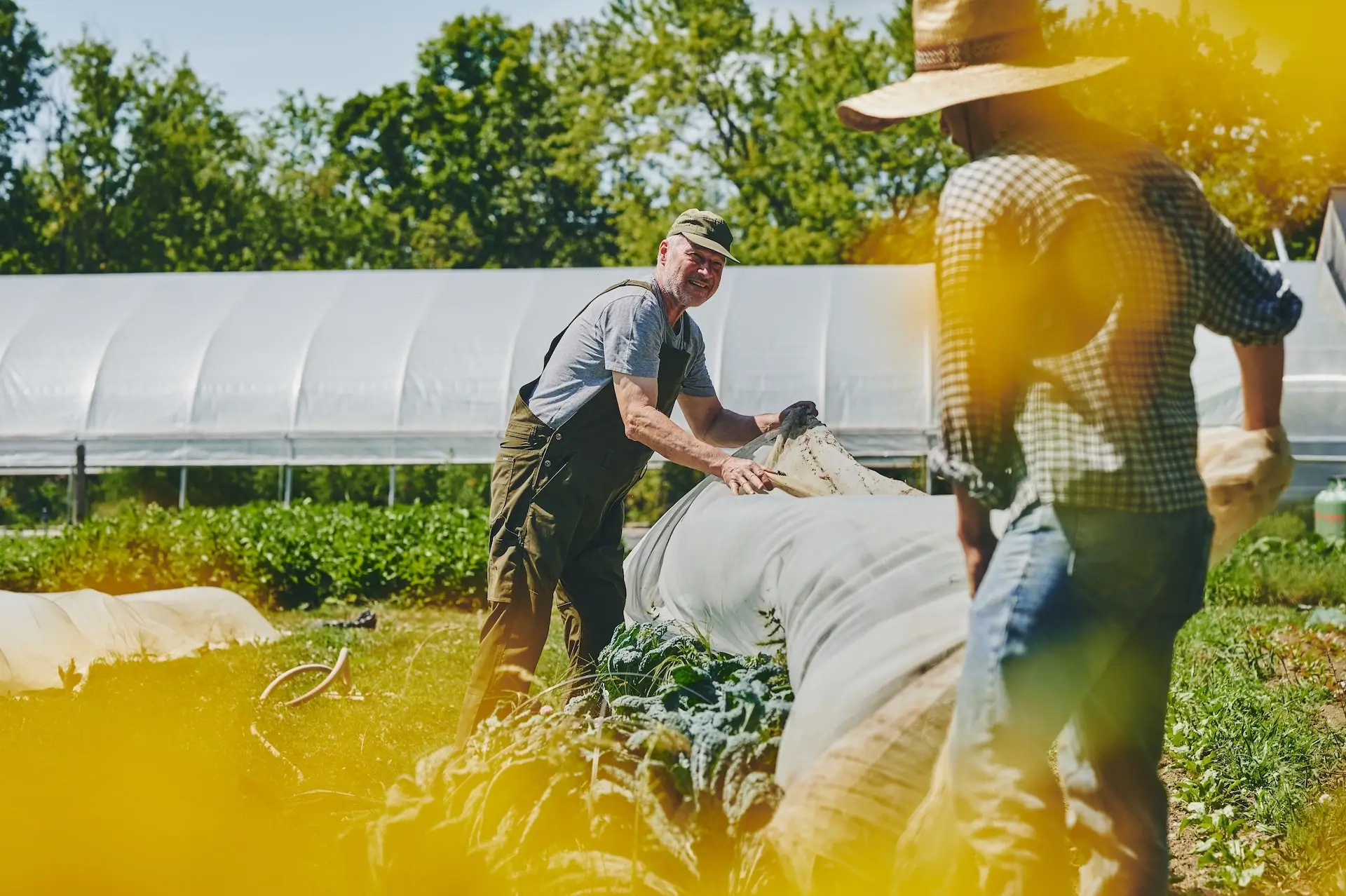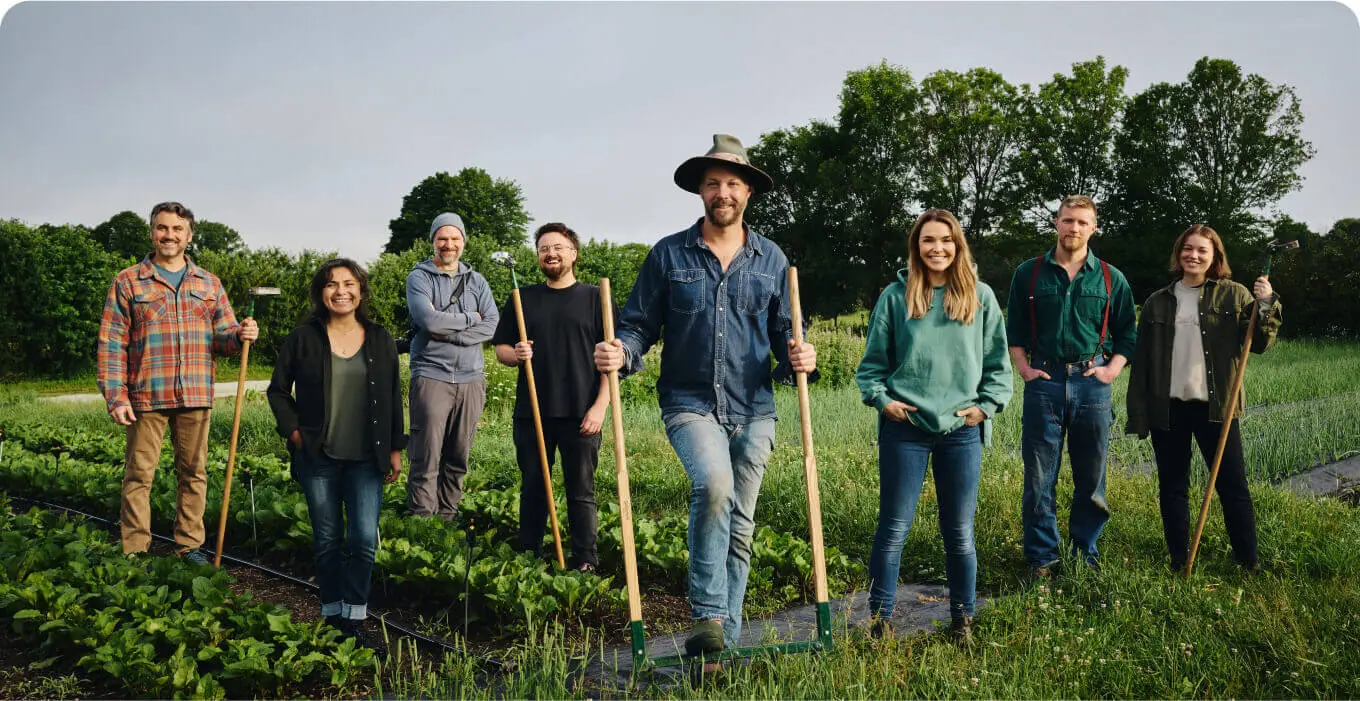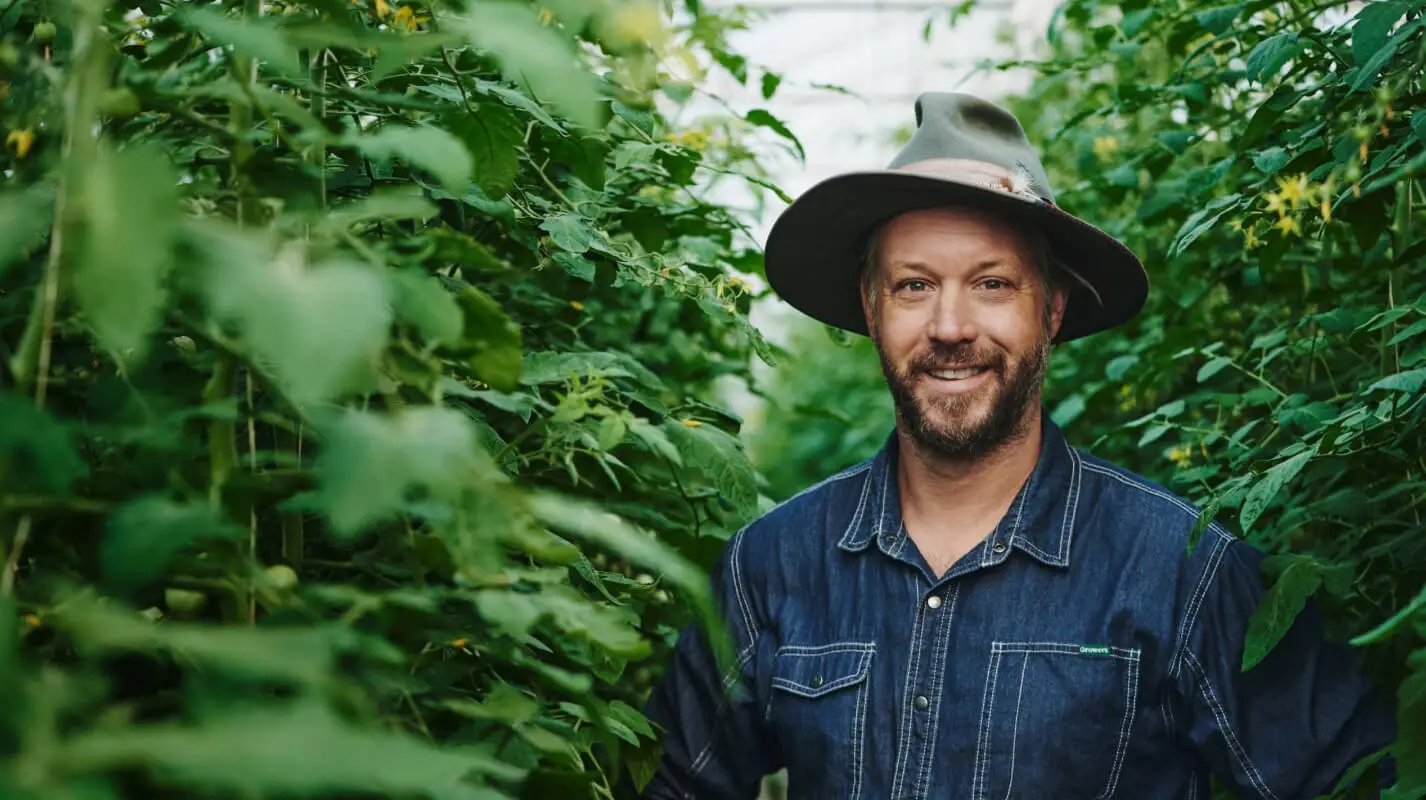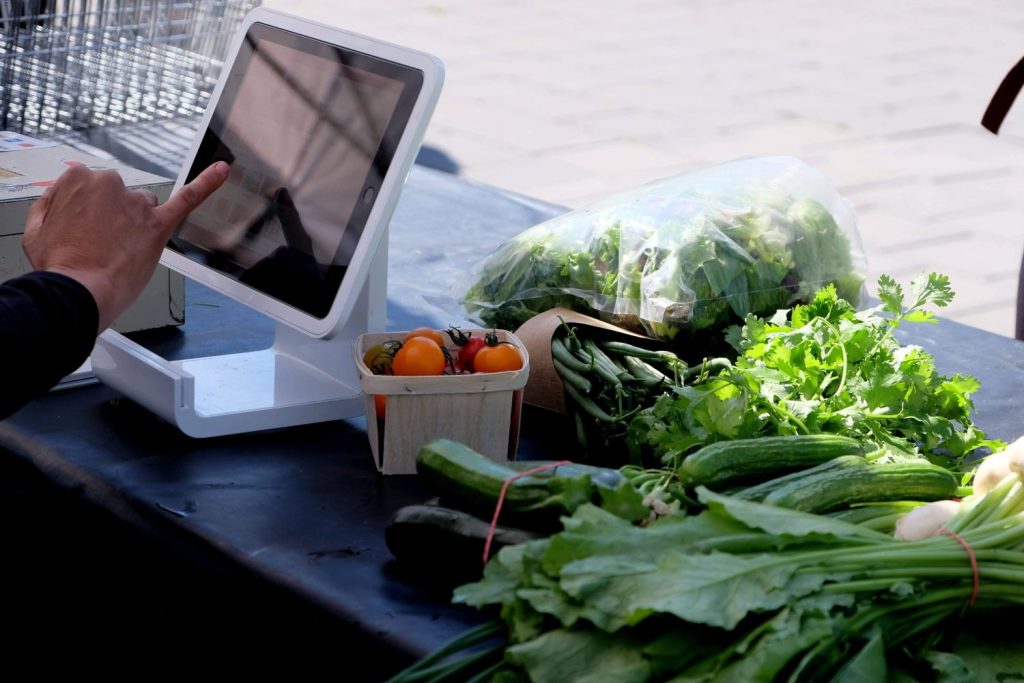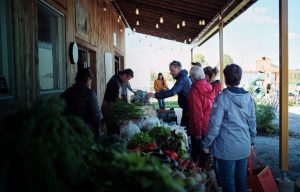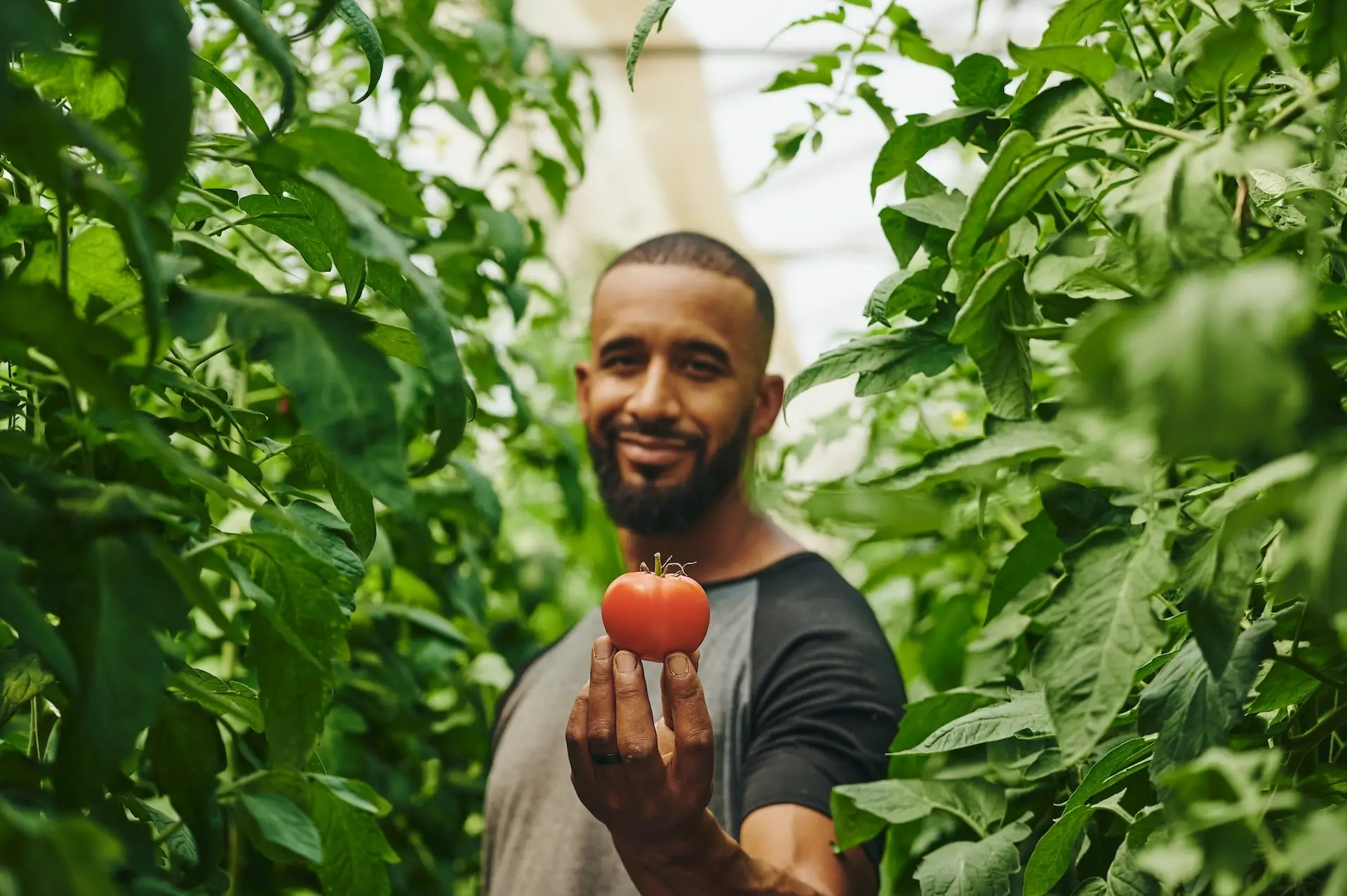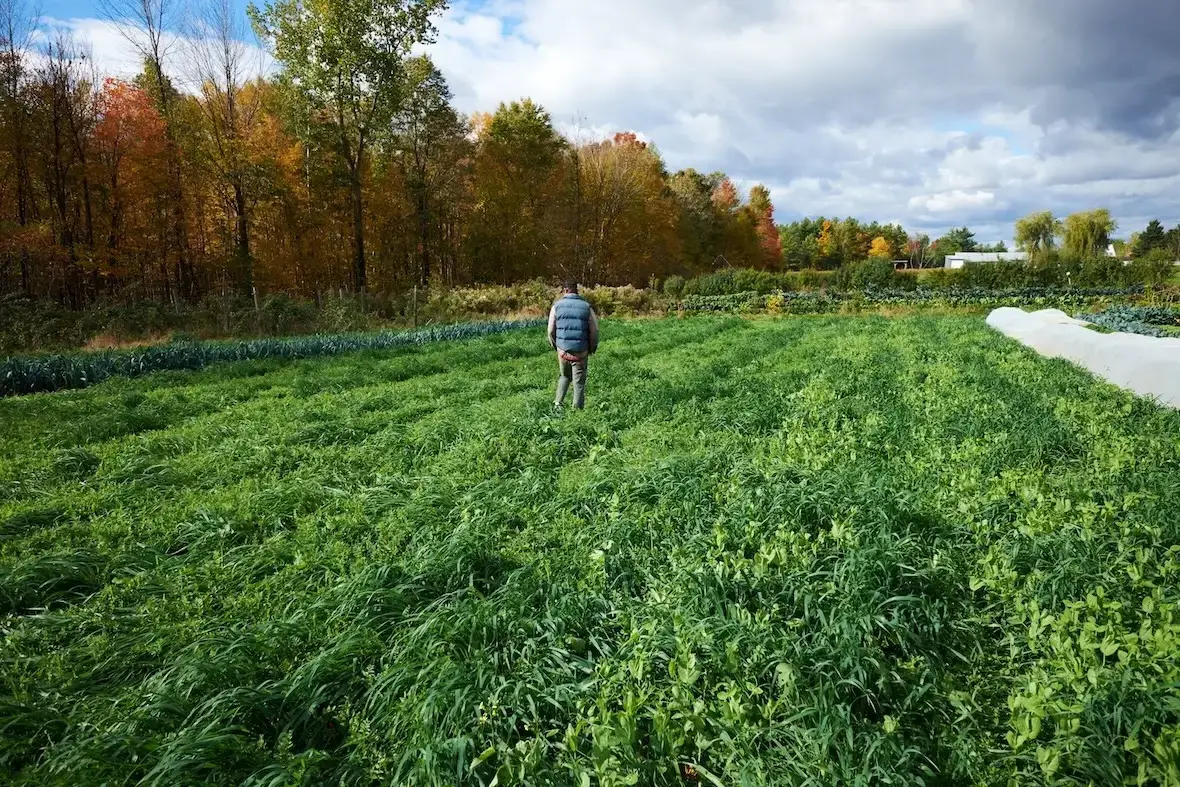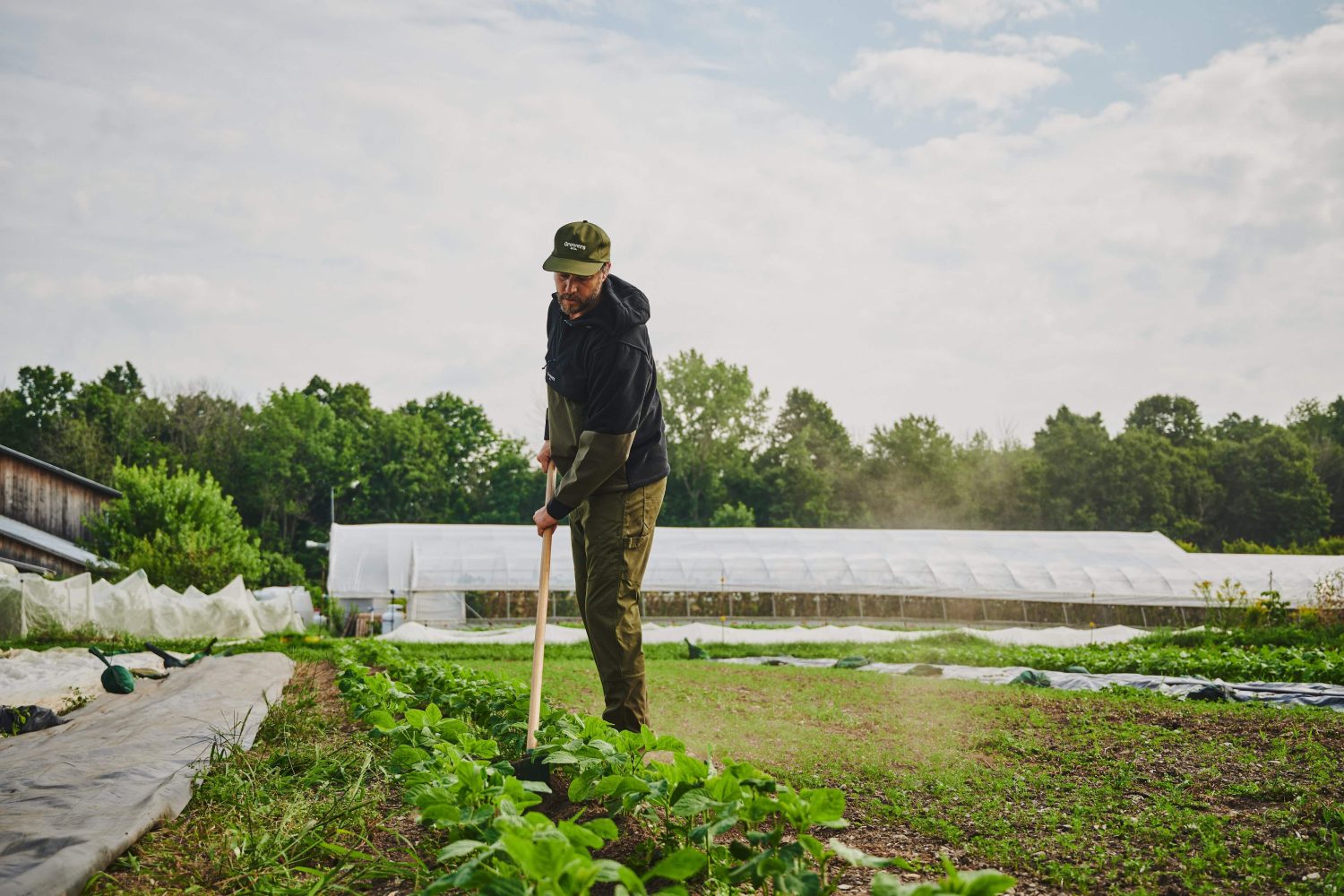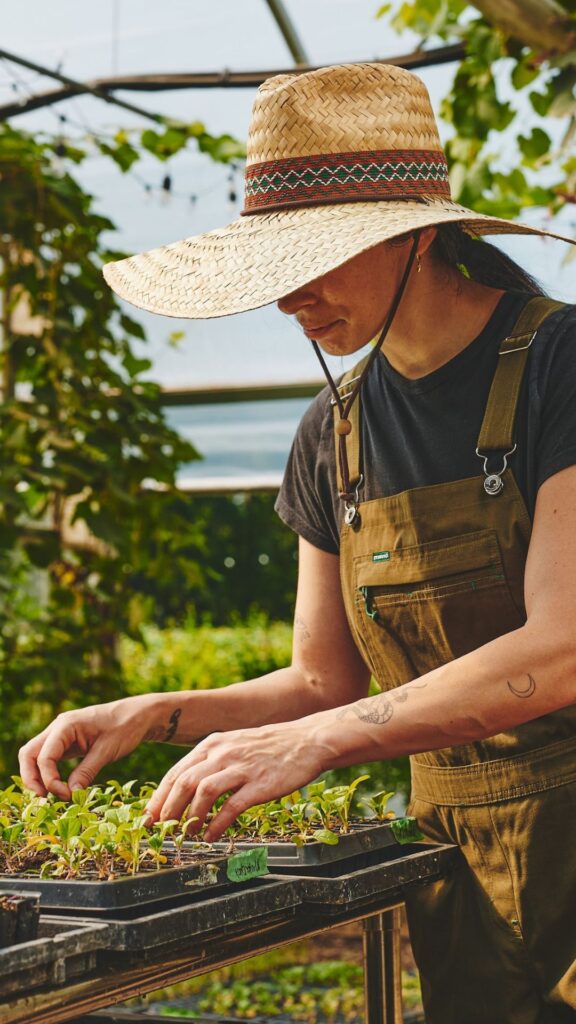Marketing channels is such a crucial dimension of a small farm business. What is the point of having an abundant production of vegetables, if your products can’t make it to the plates of your communities?
Diversification of production is a principle in market gardening that makes the farm more resilient, because if one crop fails, you can always count on the other crops to harvest. Similarly, marketing diversification provides the same type of resilience. If restaurant sales aren’t doing as well as expected, there’s always the option to focus on selling CSA baskets or prepaid cards, for example.
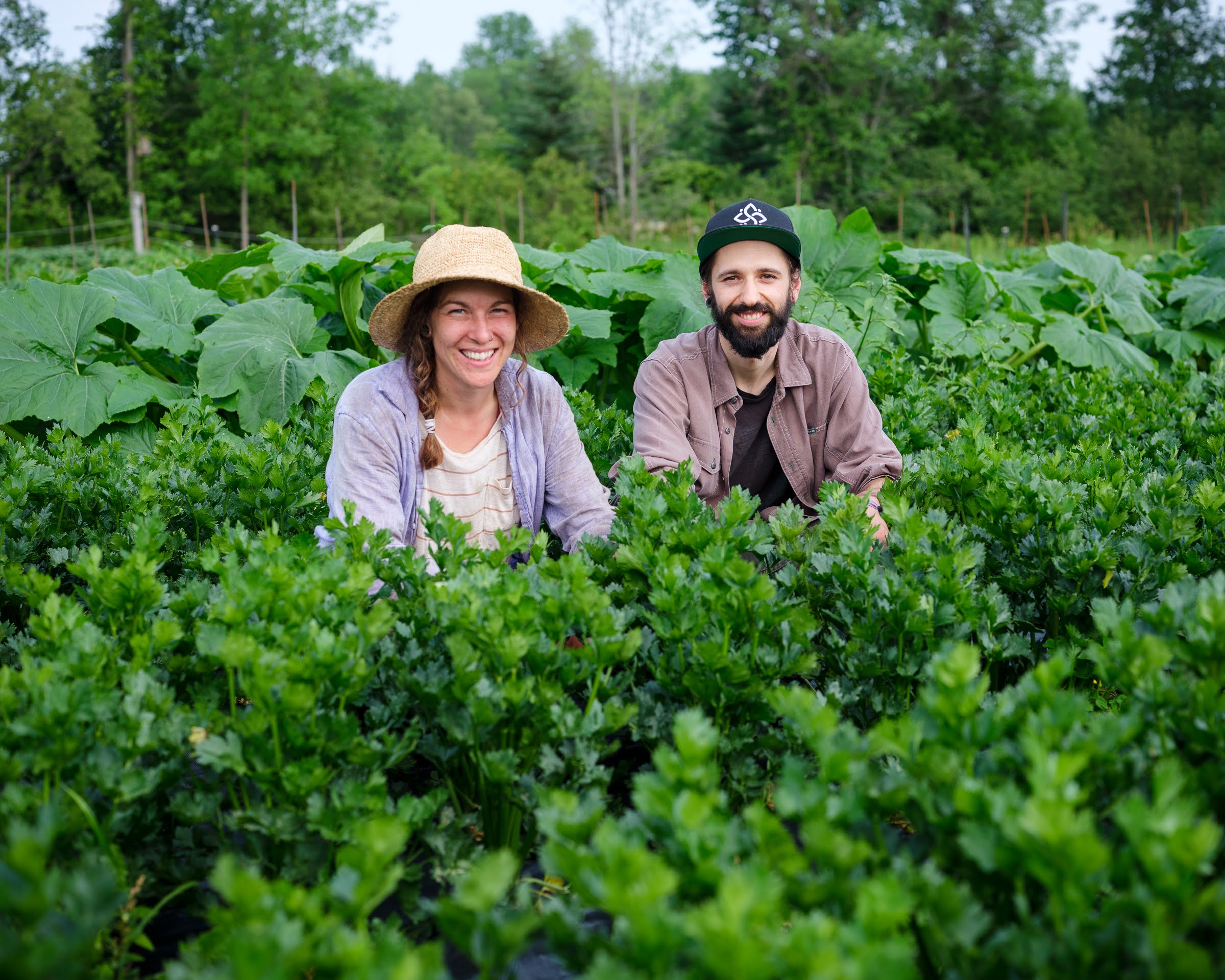
I am currently starting a small-scale farm with my partner Cynthia. In setting up Ferme La Rosace, we had to explore the various marketing channels. This inspired me to write about the subject to clarify the advantages and disadvantages of each option.
The quartet usually mentioned are the following channels: CSA baskets, restaurants, farmers’ markets and farm stands.
CSA Baskets
This type of marketing consists of reserving a share of the weekly harvest for people who have paid for a subscription for the entire season. One of the great advantages for farms is to receive the money at the beginning of the season when there is a lot to spend. Even though it is becoming more and more the norm to offer installments payments, sales are assured from the start.
This clientele have made a commitment with your farm and trust you, so you need to assure them of a nice variety of the most beautiful vegetables and an attentive service. This means you have to honor your commitment, which can put a lot of stress on inexperienced farmers. CSA baskets require good crop planning and a sufficiently abundant and diverse production. Moreover, the diversity of products required for the basket requires the production of less profitable crops. Start small and gradually increase according to your abilities and goals.
Finding a drop-off point for the delivery of your baskets is another point to consider. Partnering with a company or organization can involve logistics and regulations to follow. Be creative, the drop off point can have an impact for the customers who’s looking for a nice and accessible place to pick up their baskets.
Something interesting is that the sale is made only once. It’s easier to connect with your members and focus on providing them with a great experience. You can focus on answering their questions and getting to know them. In some cases, members can even become a source of help on the farm when times are tough. This, of course, depends on the type of relationship that has been established and the geographic proximity of the members.
Restaurants and Other Food Services
Chefs are great customers because they are passionate about and recognize high quality products. They will know how to highlight your products for sure! They appreciate the freshness that allows them to keep your products longer. The production of unexpected varieties can be an asset for them.
This type of customer is usually looking for consistency in product availability (although not always) and in delivery schedules. With them, communication is key. Be clear and contact them as soon as possible if there is any problem (for example, if you don’t have enough of a product).
Using an online platform to send your offer every week can be a considerable management advantage. It significantly reduces the time to exchange messages and clarifies your offer. These platforms show available inventory and prevent you from selling more than you actually have to offer.
Farmer’s Market
Farmers’ markets are pleasant and enjoyable places with a festive vibe. Its main advantage is its great flexibility, which is not to be overlooked for a start-up farm, or simply to sell your remaining harvests of the week. You only have to bring what you have!
The farmer’s market is also a great place to talk and connect with your customers. You can meet local chefs, potential customers for your CSA subscriptions, or collect emails for your newsletter.
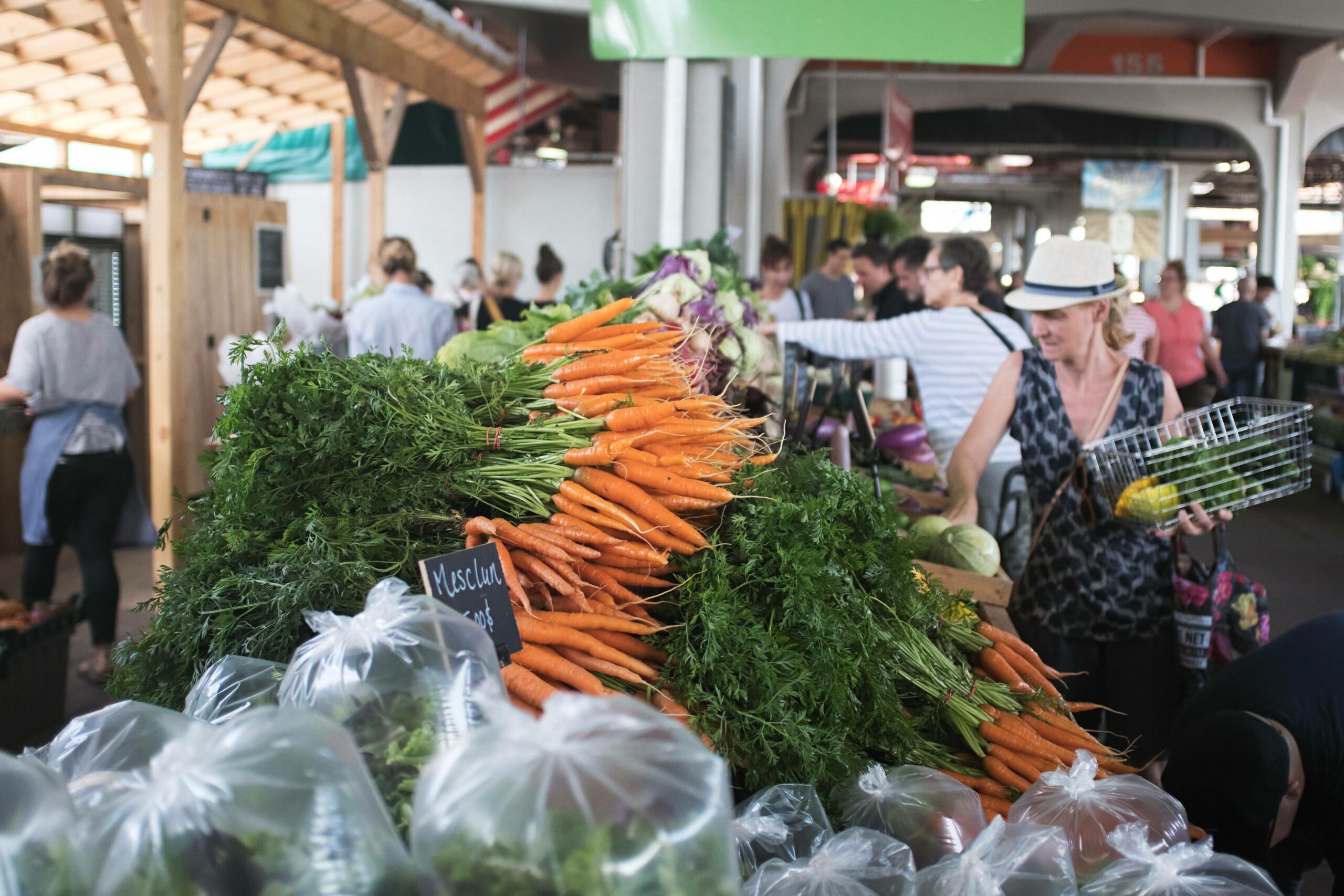
However, be aware of the challenges that farmers’ markets can present. They can be very competitive places. So don’t try to stand out by lowering your prices, but rather by having a nice booth, early diversity, enthusiasm and your farm’s story.
Runing a booth at a farmer’s market also involves expenses. You have to take into account the rental of the booth, the time spent at the market, unsold products, as well as the purchase of the elements required for the booth (decor, cash registers, posters/displays, tent if not provided, sales terminal, etc). You should also know that the market’s traffic has a direct impact on your sales. The same goes for the weather. We can easily see a correlation between a rainy day and a drop in sales.
The Farm Stand
The farm stand is a great way to invite your community directly to your production site. It creates a close bond, increases the resiliency of your community, and reduces the expenses associated with delivery, like truck (un)loading, gas and time.
However, the farm stand needs to be on a busy road with great access. A good population density must live nearby. If this is not the case for you, this is a point that is difficult to correct. it is also necessary to foresee an employee near the kiosk which can be an advantage or a disadvantage according to your situation. You need to be clear about your boundaries, as this presence can create interruptions in the work. The design of the farm can suggest those boundaries.
A farm stand with self-service is possible for kiosks with less traffic, while the presence of a member of the team is attractive for providing better service. It is important to ensure that sales justify the presence of a team member at the stand. A hybrid formula is possible, where a self-service stand is sometimes transformed into a mini-market.
Other Types of Marketing Channels and Direct Sales
There are several other types of channels such as online sales, prepaid cards, sales to other producers, institutions, processing companies or sales cooperatives. However, keep in mind that the strength of small farms is direct sales (to retain all of the revenue generated) and relationship sales (to connect with customers and communicate the value of your offering). The channels you choose must allow you to keep profit margins high enough to ensure the sustainability of your operation.
Regardless of the channels you choose, there are common principles that will help you market your farm well. Professionalism, consistent high quality production, clear communications, good branding and maintaining good relationships will ensure success. Time invested in marketing is always time well spent.
But we get it. Marketing can feel overwhelming: posting on social media, sending emails, and competing for attention.
It’s time to simplify the process and make marketing work for you.
That’s why we created Digital Marketing for Farmers, a live, 4-week hands-on course designed specifically for farmers who want to sell more without spending hours online.
Here’s what you’ll gain:
- A step-by-step strategy to promote your farm online
- Hands-on practice: create social media posts, set up email marketing, and build a real audience
- A no-fluff, practical approach designed for farmers, because your time is valuable
With the right guidance, you can turn your efforts into real sales and a thriving farm business! Learn more about our live course Digital Marketing for Farmers.
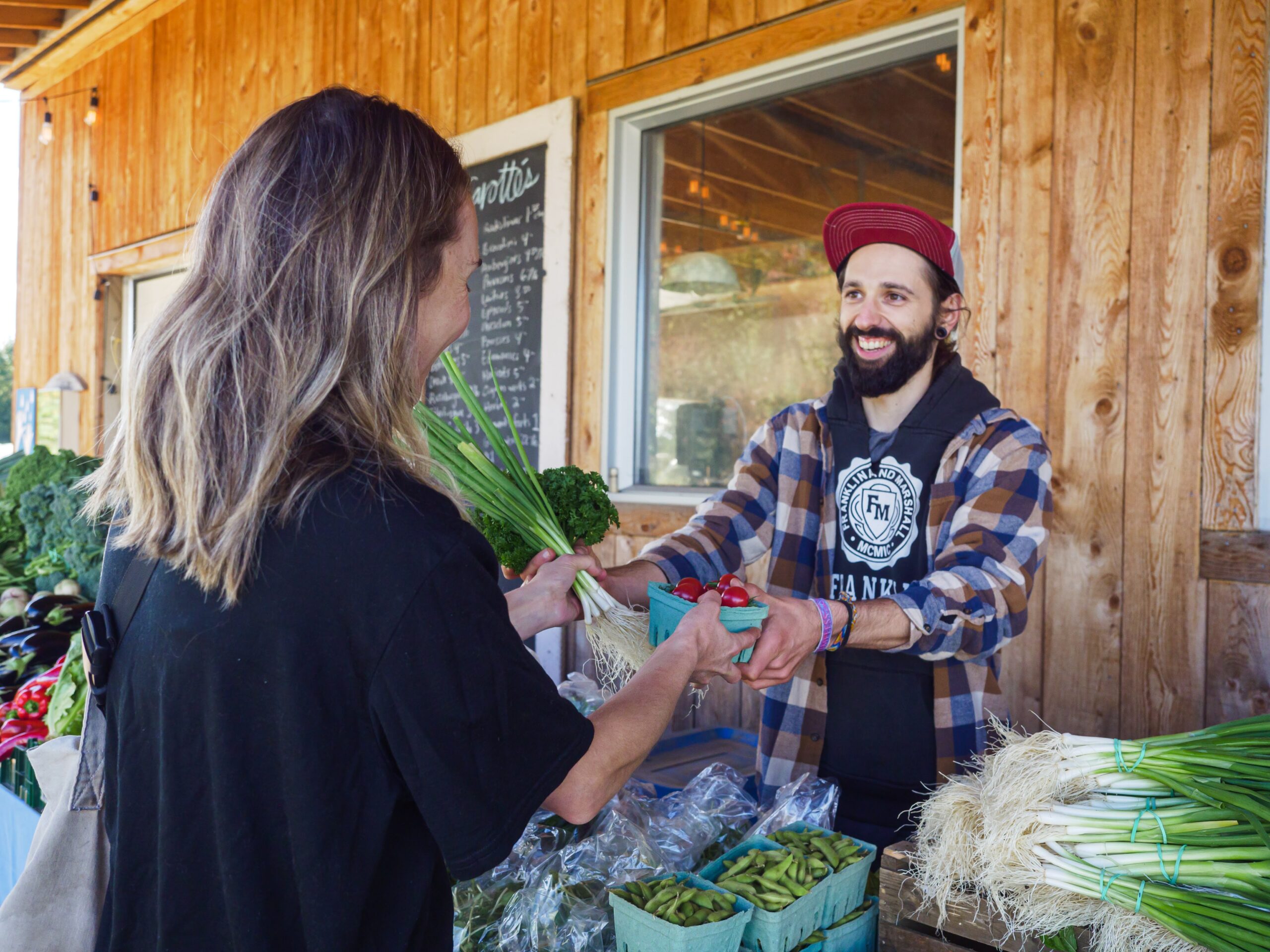
At Ferme La Rosace, we are moving towards 4 types of marketing: 2 CSA baskets drop-off points, a few restaurants, a farmer’s market and an on-farm kiosk. Being in the start-up phase, we know that our observations during the first years will lead us to make adjustments. It is important to remain open and adaptable. Each farm’s context and objectives are different, so stay tuned to your markets and your needs!


